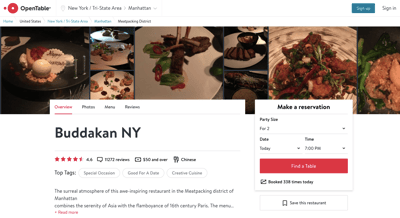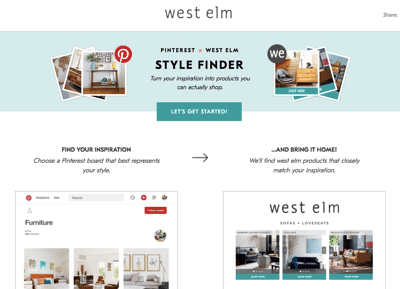User-generated content (or UGC) is no longer just something for your brand’s Instagram page. Today, more and more companies are implementing it into everything from marketing to research. In fact, many brands such as Wayfair and Wish are now specifically seeking out “UGC Product Managers” to manage the company’s use of such content. In this post, we’ll outline some of the ways UGC is impacting the jobs of product managers.
What is UGC?
UGC is a broad term that encompasses countless pieces of content with one defining factor: it’s all created, published, and shared by a consumer. This might take the form of a product uploaded for sale to your marketplace, a profile on your dating app, or the millions of photos posted to social platforms every day or uploaded directly onto your website.
How Are Product Teams Utilizing UGC?
1. Market Research
Previously, if a product manager wanted to understand consumer sentiment or trends, their only option was to conduct focus groups or send out surveys. Now, companies have the millions of public posts shared daily to glean consumer insights from and can tap into UGC to see how people are utilizing a product to develop potential upgrades for future versions or even better understand who your consumer is to focus marketing efforts.
2. Competitive Research
Not only can you understand the consumer better, you can also understand your competition better. By examining the UGC around other brands, companies can now see where they’re missing the mark or better understand the sentiment around their brand and products.
3. Product Marketing

UGC isn’t just being used behind-the-scenes though. When it comes to product marketing, we’re seeing it appear increasingly on websites, in apps, and even on packaging. For example, OpenTable features real images diners share to social media on the pages of their restaurants to offer a look at what the dining experience is like. To scale this process, they utilize Clarifai's computer vision technology to moderate and curate the photos appropriately.
This type of authentic experience has become more standardized and expected over the past couple of years with 93% of consumers finding UGC to be helpful when making a purchasing decision according to Adweek.
4. Improving the User Experience

Make it easy for your potential buyer to make purchase decisions by utilizing the UGC they’re creating to offer recommendations or guide their experience. For example, today more and more consumers are turning to Pinterest to develop boards when seeking out home decor inspiration. Knowing this, West Elm utilized Clarifai to build the West Elm Pinterest Style Finder. This online destination allows the user to link to a pinterest board in order to get a list of recommended products, leading to an increase in cart size.
From increasing cart size to developing better competitive strategies, UGC is becoming more and more important for every business. In an upcoming post, we’ll look at the biggest hurdles when it comes to implementing UGC and how other companies have overcome them!
Investigating ways to use AI to manage your UGC? Download our AI glossary (linked below) to keep as a free resource while navigating the world of artificial intelligence.



